Some of the team decided to get fit and try out a 12 week challenge, after a lot of hard work we have some outcomes!
Ollie was knocked out of the race early with a clavicle fracture but did make an appearance for the before and after shots.
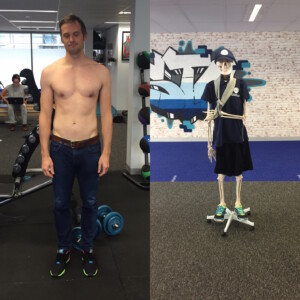
Kittani made strength gains as well as cut some weight and increased muscle mass.
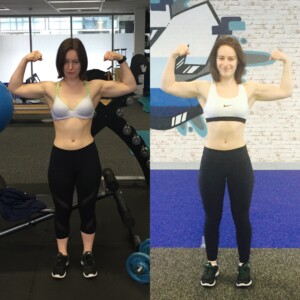
Sarah increased strength significantly and increased muscle mass while losing a kilo (put on a few kg of muscle!), check out how strong she is now as she matches Oli for pushups on a Swiss ball!
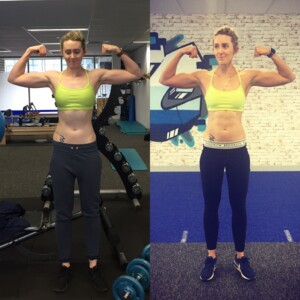
Strengthening, part one- Deep neck musculature
Following an injury (even a minor one), the neck muscles switch off and then become weaker- something that can persist despite the symptoms having gone away (1). There is a large amount of evidence that activating then strengthening the deep muscles in the neck can reduce neck pain- not surprising considering 80 per cent of neck stability comes from muscles of the neck! (2).
To begin learning how to recruit the deep neck musculature, we can use a ‘sphygmometer’- an inflatable cushion that registers pressure. Lying on the back you gently draw in the chin as well as performing a ‘nod’ downwards. The amount of pressure used is very important and clinically defined from studies- this will prevent the use of the superficial muscles of the neck which could make the problem worse.
When the patient has learnt how much pressure to use and how to do the exercise, they can perform the exercises at home with a rolled up towel. When doing these exercises it is important to not cause pain as this can do more harm than good.
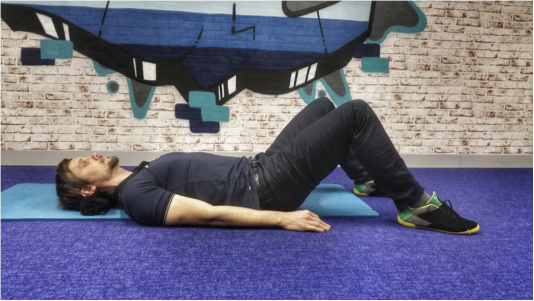
Deep neck exercise using towel
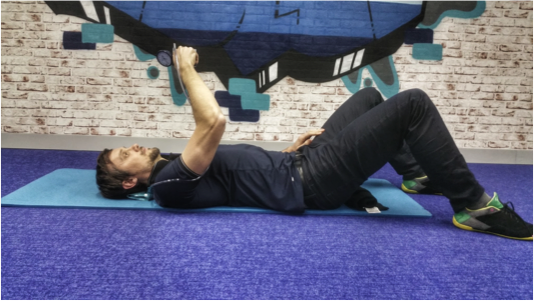
Using sphygmomanometer for deep neck exercise
Strengthening part 2 – endurance & strength
Once you can recruit the deep neck muscles, you can begin endurance and strength training both of which help reduce neck pain (3). This is where professional guidance is important as the exercise type will change depending on what stage you are at at in rehab and also what kind of sport you are involved in. For example a cyclist will need more endurance focused exercises vs a rugby player who will need strength, but, if the rugby player is more acute phase of rehab then they will need to have a more endurance low load exercise program.
Strengthening muscles around the shoulder area (axioscapular muscles) is very important as weakness in these is common with neck pain (4). Upper/mid/lower traps, levator scapula and rhomboids can all be strengthened to assist with reducing pressure through the neck by encouraging correct motor control and biomechanics. Here are some examples of exercises to strengthen neck and axioscapular muscles:
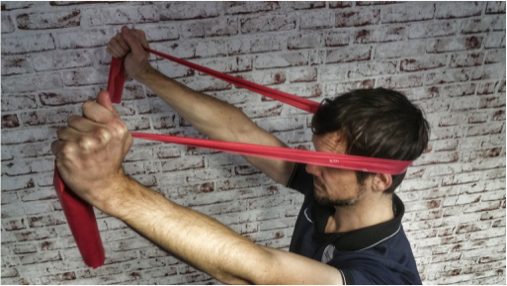
Theraband exercise- back of the neck muscle strengthen while activating deep neck muscles

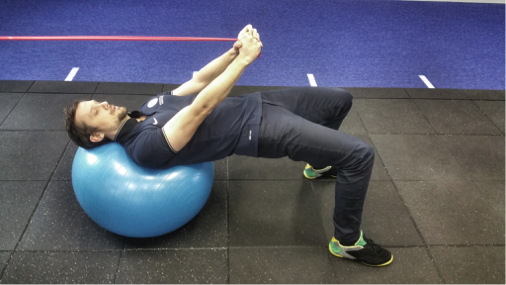
Dynamic activation with deep neck activation
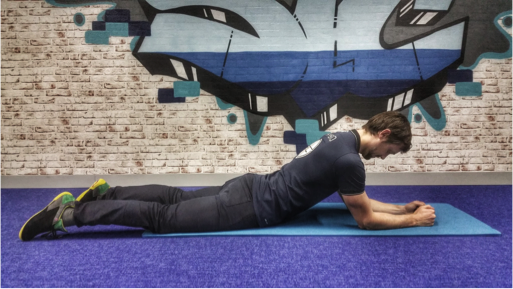
Shoulder girdle muscle activation with deep neck activation
Postural stability, repositioning acuity & oculomotor control
Postural stability can be very effective in reducing neck pain, and is an accessible way of managing pain on your own (5).
Other very effective treatments include repositioning acuity and oculomotor control, which we can help you with at STC.
As you can see, neck rehab can be quite tricky and detailed, especially when we start taking into account severity of the injury and sports specific to the athlete.

When should I come in?
References